Search Results for: systemic
Systemic venule
Definition noun, plural: systemic venules The venule that connects the capillary bed to the systemic vein to return the... Read More
Systemic anatomy
Definition noun The system-wise approach in studying anatomy, i.e. by comprehensively studying a particular system and its... Read More
Portal-systemic anastomoses
Definition noun A type of anastomoses which occurs between the veins of portal circulation and veins of systemic... Read More
Circulation
Blood Blood is composed of a liquid, plasma, and blood cells such as erythrocytes (red blood cells,) leukocytes (white... Read More
Hyperosmotic
Hyperosmotic Definition What is hyperosmotic? The word hyperosmotic is derived from two Greek words: 'hyper', meaning... Read More
Actions of Caffeine in the Brain with Special Reference to Factors That Contribute to Its Widespread Use
IV. Actions of Caffeine on Brain Functions and Behavior Having discussed the molecular and neuronal actions of caffeine,... Read More
Portal caval system
Definition noun A type of anastomoses which occurs between the veins of portal circulation and veins of systemic... Read More
Peritonitis
Definition noun, plural: peritonites (pathology) The inflammation of the peritoneum Supplement Peritonitis pertains to the... Read More
Hypersensitivity
Hypersensitivity Definition Hypersensitivity is the exaggerated immune response to protect the human from foreign bodies... Read More
Double circulation
Definition noun A type of blood circulation system in which the blood flows through the heart twice. In this type of... Read More
An introduction to Homeostasis
Researched and Written by Jonjo Minns Submitted to biologyonline.com on February 25, 2009. Published in biologyonline.com... Read More
Topographic anatomy
Definition noun The topographic approach in studying anatomy wherein the body is studied based on regions and the relations... Read More
Saline solution
Saline Solution Definition Saline solution is one the most medically-used solution, which contains sodium chloride... Read More
Biological system
Biological System Definition A biological system refers to a network of entities that work as a unit, functioning together... Read More
Pulmonary venule
Definition noun, plural: pulmonary venules The venule surrounding the alveolus of the lung and carries oxygen-rich... Read More
Sodium bicarbonate
sodium bicarbonate (Science: chemical) carbonic acid monosodium salt (CHNaO3). A white, crystalline powder that is used as... Read More
Phenol coefficient
Chemical disinfectants are categorized based on the power of their disinfection for microbes and viruses. Strong... Read More
Galacto-oligosaccharide
Definition noun plural: galacto-oligosaccharides ga·lac·to·ol·i·go·sac·cha·ride An oligosaccharide made up of... Read More
Autoimmunity
Definition noun, plural: autoimmunities A type of immunity wherein the immune response is directed against own body,... Read More
Leukocytosis
What Is Leukocytosis? Leukocytosis is a condition wherein the number of White Blood Cells (WBCs) is increased above the... Read More
Respiration
Organization of the Respiratory System Each lung is composed of air sacs called alveoli - the sites of gas exchange with... Read More
Growth hormone
Definition noun, plural: growth hormones A polypeptide hormone that in humans and other animals essentially promotes... Read More
Color Atlas & Synopsis of Clinical Dermatology
Color Atlas & Synopsis of Clinical Dermatology ... Read More
Neurohormone
Definition noun, plural: neurohormones Any of the various hormones secreted by neuroendocrine cells Supplement A... Read More
Sodium hydrogen carbonate
sodium hydrogen carbonate --> sodium bicarbonate (Science: chemical) carbonic acid monosodium salt (CHNaO3). A white,... Read More
Rough endoplasmic reticulum
Rough Endoplasmic Reticulum Definition The rough endoplasmic reticulum (rough ER or rER) is a membrane-bound organelle... Read More
Theory of Neuroscience
Nezih OKTAR Journal of Neurological Sciences (Turkish) 2006, Volume 23, Number 3, Page(s) 155-158. An Open Access... Read More
Vasodilation
vasodilation The increase in the internal diameter of a blood vessel that results from relaxation of smooth muscle within... Read More
Adipose tissue
Adipose Tissue Definition Adipose tissue, a specialized variety of connective tissue, is composed of lipid-rich cells known... Read More
Parasitism
Organisms depend on different sources of food to survive. Larger organisms like plants make their own food (autotrophs) and... Read More
Immune response
Immune Response Definition An immune response is defined as the reaction of the body in response to the presence of a... Read More
Regional anatomy
Definition noun An approach in studying anatomy in which the body is studied region-wise Supplement In regional anatomy,... Read More



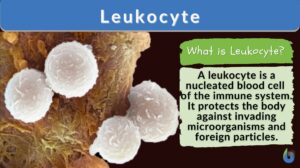
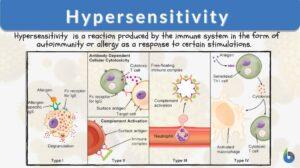
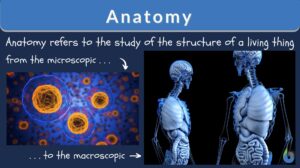
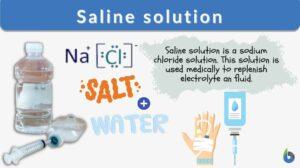


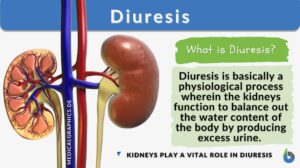

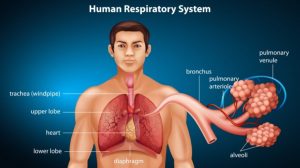
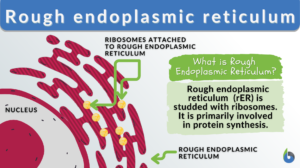

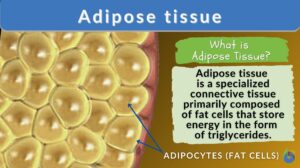


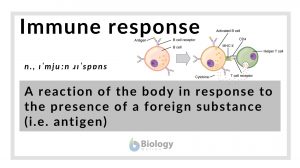
![Biology n., [baɪˈɑlədʒi] Definition: scientific study of life](https://www.biologyonline.com/wp-content/uploads/2021/12/biology-definition-and-branches-of-biology-300x168.jpg)